 Advance ㄷ
Advance ㄷ put on in Korean: 뒤집어쓰다’s meaning and pronunciation
put on in Korean is 뒤집어쓰다. For examples, you can use like [갓을 뒤집어쓰다, 머플러를 뒤집어쓰다]. In this post you will learn how to pronounce and use put on in Korean along with examples.
 Advance ㄷ
Advance ㄷ  Advance ㄷ
Advance ㄷ 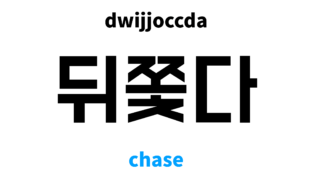 Advance ㄷ
Advance ㄷ 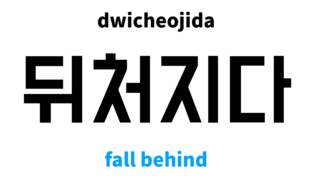 Advance ㄷ
Advance ㄷ 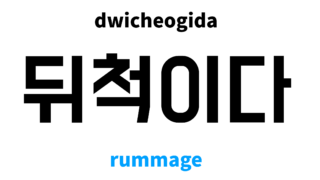 Advance ㄷ
Advance ㄷ 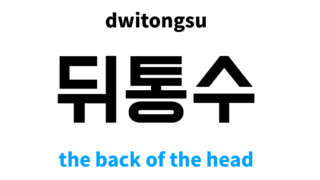 Advance ㄷ
Advance ㄷ 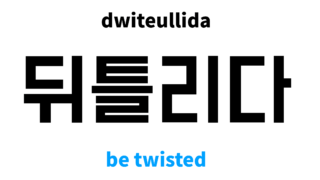 Advance ㄷ
Advance ㄷ  Advance ㄷ
Advance ㄷ 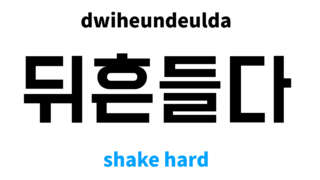 Advance ㄷ
Advance ㄷ  Advance ㄷ
Advance ㄷ